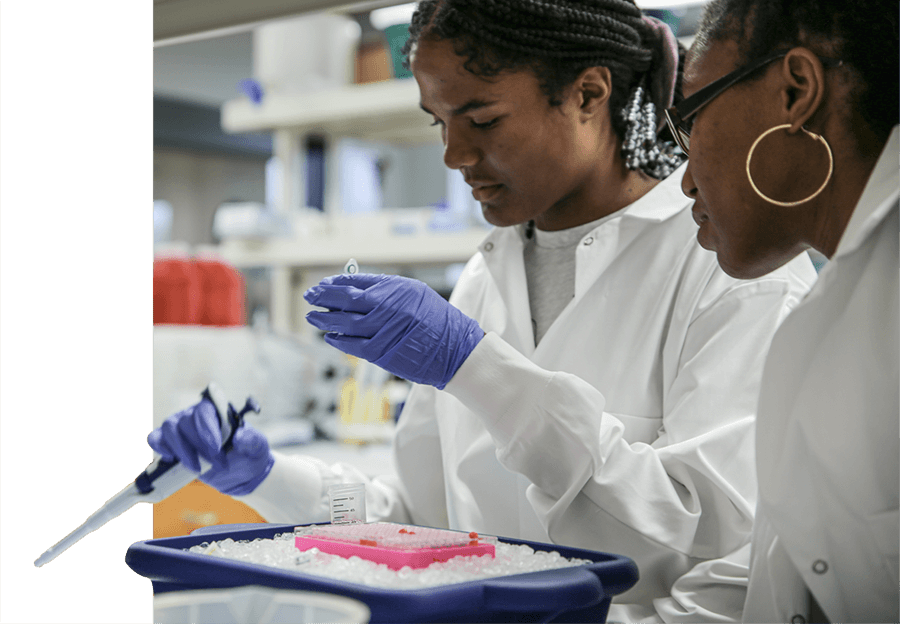This spring marks the fifth year that the Georgia Cogongrass Task Force has been educating landowners and land managers about the risk cogongrass, a highly invasive Federal Noxious Weed, poses to our forests, roadsides, fields and natural areas across the state. Georgia has an aggressive campaign lead by the Georgia Forestry Commission to locate and eradicate cogongrass. This program provides treatment of all cogongrass infestations at no cost to the landowner.
Educating landowners
In the spring of 2006, there were 220 cogongrass infestations in Georgia. This spring, that number is up to 355. The number of infestations is rising because landowners are now more educated on what to look for due to the educational programs conducted across the state by task force partners. All 355 infestations have been treated. Some spots have been eradicated. Others will continue to be treated until controlled.
While 355 spots may sound like a lot, it represents only slightly more than 100 acres. Most infested spots are less than 450 square feet. Compare that to the more than 1 million acres of cogongrass now in Florida, Alabama and Mississippi, where the aggressive weed competes against and chokes out native flora and disrupts ecosystems.
The key to keeping cogongrass from spreading to more acres in Georgia is a management strategy for invasive plants called Early Detection Rapid Response. This proactive approach keeps the problem from expanding beyond the point of control and offers the most cost-effective stewardship of our lands.
Fluffy, silvery-white seed heads
The cogongrass campaign in Georgia is working, but we know we haven’t found all infestations. We need help to find new ones. And this is a great time of year to find them. From late March to mid-June the fluffy, silvery-white seed heads of cogongrass wave like flags marking infestations in forests, along roadways and other places. During this time, no other grass in Georgia has that kind of seed head.
As more citizens learn about cogongrass and actively look for it on their properties, we can effectively treat small infestations. However, if we allow cogongrass to spread unchecked, then we are facing very difficult and extremely expensive treatments.
Training road crews
As part of the EDRR program, the University of Georgia Center for Invasive Species and Ecosystem Health work with UGA Cooperative Extension agents across the state to train county road crews to identify cogongrass during its distinctive spring flowering period. Road crews are more likely to see infestations.
To learn more about the grass or how to identify it, go to the Web site cogongrass.org. If you see a suspect site, contact your local UGA Extension office by calling 1-800-ASK- UGA1.




.png)


